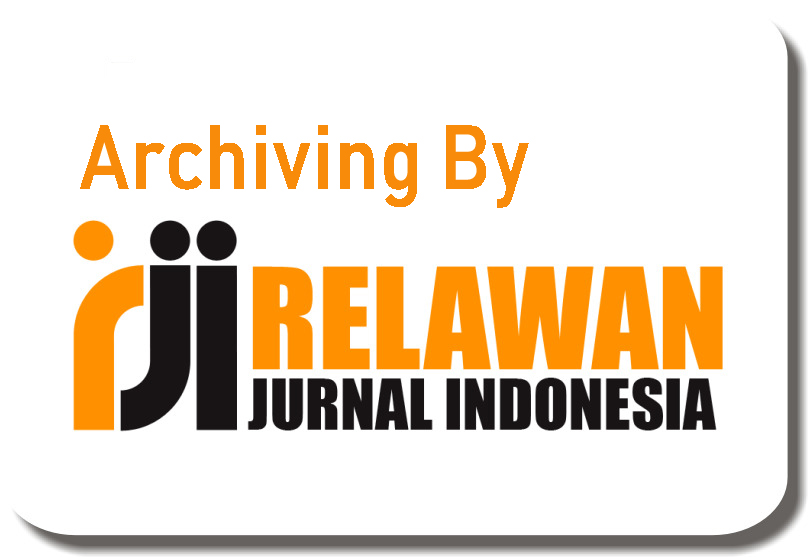Students’ Autonomous Learning in Online Class
Abstract
Full Text:
PDFReferences
Agnes, N. (2009). Students ’ Perception of Autonomous Learning. SANATA DHARMA UNIVERSITY YOGYAKARTA.
Anggraini vitri Hardi. (2019). SPEAKING ACTIVITIES APPLIED BY THE TEACHER IN TEACHING SPEAKING OF THE ELEVENTH GRADE SMA N 2 BANGKINANG. Journal of English Language and Education, 4. https://doi.org/10.1128/AAC.03728-14
Ayu, C., & Viora, D. (2019). AN ANALYSIS ON STUDENTS ’ DIFFICULTIES IN LEARNING ENGLISH AT UNIVERSITAS PAHLAWAN TUANKU TAMBUSAI IN 2017 / 2018. 4(1), 56–73.
Ayustina, K. P. P., Batan, I. G., & Mahayanti, N. W. S. (2018). a Study of the Teachers’ Roles in the Implementation of Scientific Approach in Teaching English At Smp Negeri 1 Singaraja. International Journal of Language and Literature, 2(3), 108–116. https://doi.org/10.23887/ijll.v2i3.16316
Buditama, M. (2017). Journal on English as a Foreign Language Student-centered learning approach in teaching basic grammar. Journal on English as a Foreign Language, 7(2), 209–226.
Dunn, A. M., Hofmann, O. S., Waters, B., & Witchel, E. (2011). Cloaking malware with the trusted platform module. In Proceedings of the 20th USENIX Security Symposium (pp. 395–410).
Fotiadou, A., & Angelaki, C. (2017). LEARNER AUTONOMY AS A FACTOR OF THE LEARNING PROCESS IN. 20(1), 95–110.
Hardi, Vitri Angraini. 2018. The Level of Oral Communication Apprehension among English Department Students in Presentation Class at Riau Islamic University . Retrieved on https://jele.or.id/index.php/jele/article/view/29.
Hendar. (n.d.).(2014). Implementing Nunan ’ s Autonomous Language Learning Model ( Nallm ) To EFL Students of Widyatama University. 114–122.
Ivanovska, B. (2015). Learner Autonomy in Foreign Language Education and in Cultural Context. Procedia - Social and Behavioral Sciences, 180(November 2014), 352–356. https://doi.org/10.1016/j.sbspro.2015.02.128
Kemala, Z. (2016). An Analysis of Factors Influencing the Autonomous Learners in Learning English. Eltin, 4(I), 11–20.
Marín Díaz, V., Reche Urbano, E., & Maldonado Berea, G. (2013). Advantages and disadvantages of online training. Ridu, 7(1), 2.
Marleni, L. (2019). A STUDY ON THE ABILITY OF THE FOURTH SEMESTER STUDENTS OF ENGLISH STUDY PROGRAM OF FKIP OF UNRI IN PROVIDING WORDS TO COMPLETE THE SUMMARY OF A TEXT Lusi. Journal of Chemical Information and Modeling, 1(9), 1689–1699. https://doi.org/10.1017/CBO9781107415324.004
DOI: https://doi.org/10.31004/jele.v5i2.83
Refbacks
- There are currently no refbacks.
Copyright (c) 2021 Elfila Luhdyanti, Vitri Angraini Hardi

This work is licensed under a Creative Commons Attribution-ShareAlike 4.0 International License.



